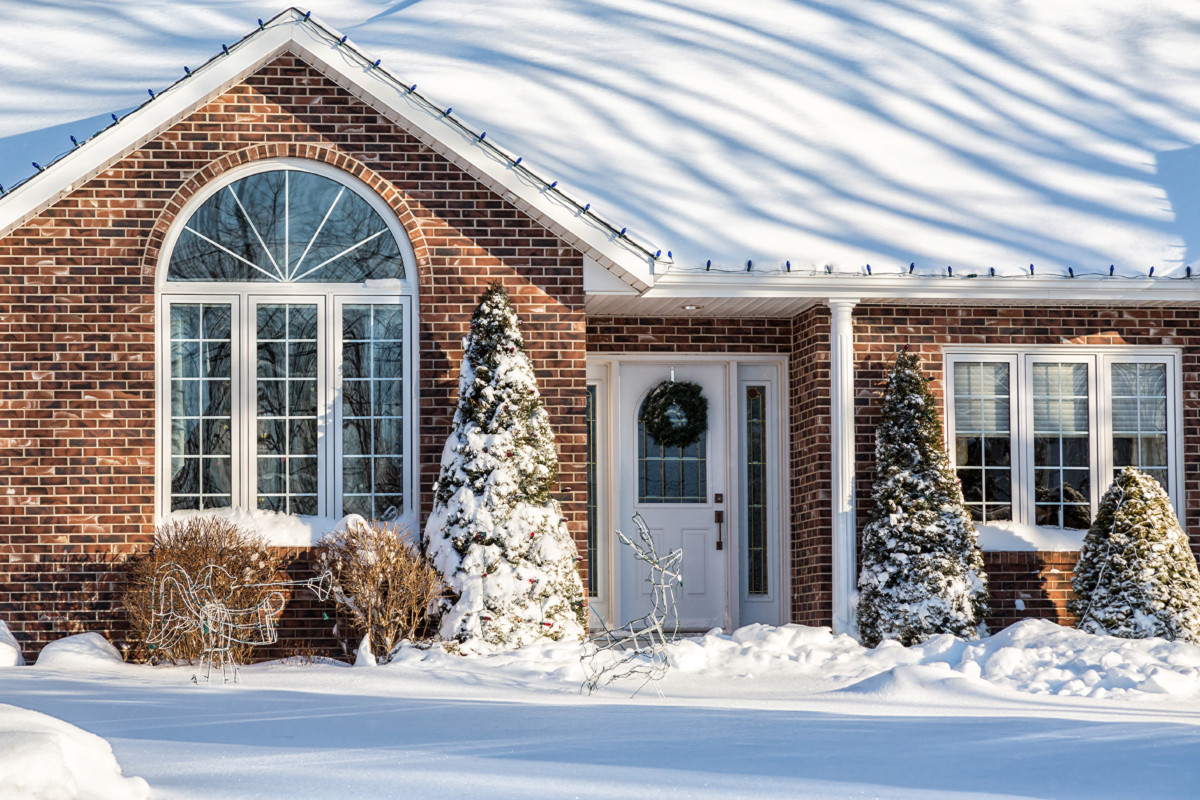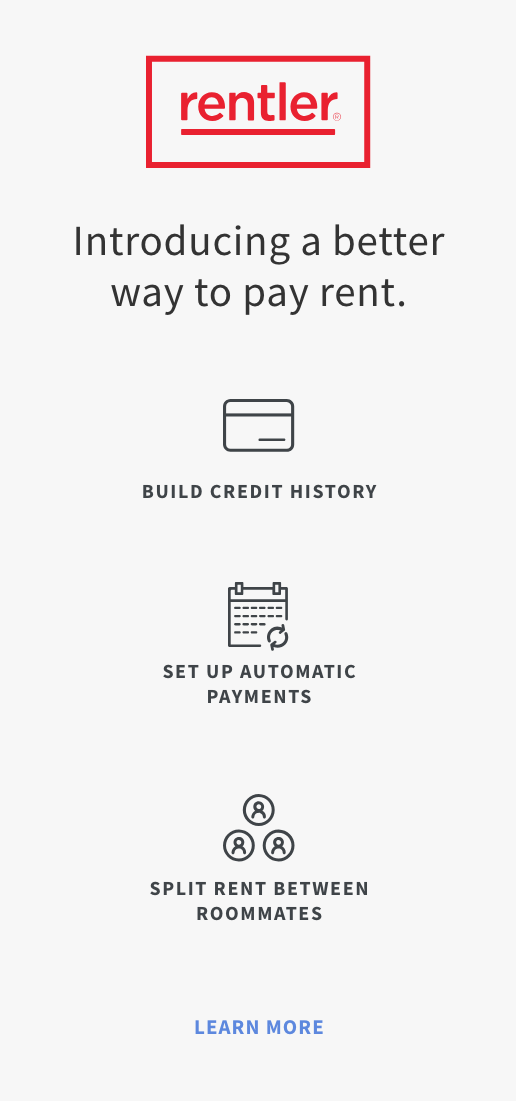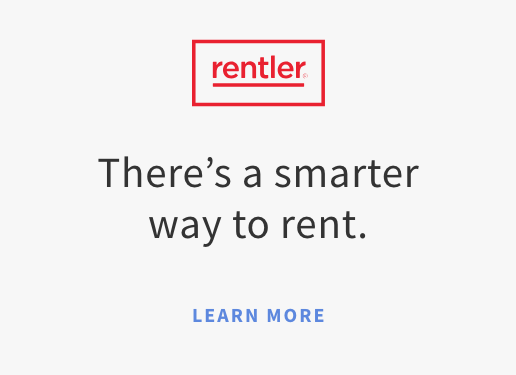Once the temperatures drop, it’s time to prepare our homes for the winter months. Renters and landlords alike both share some of this responsibility. Before breaking out the shovels, though, make sure you understand what exactly you’re responsible for as a tenant. Study your rental agreement for seasonal responsibilities.
With a bit of planning, most of a property’s pre-winter maintenance will be a breeze to take care of. Here are two important pre-winter maintenance tips for renters, plus what your landlord should typically be responsible for.
Renter Responsibilities
A landlord or property manager will often be responsible for much of a property’s winterization needs. However, there are still plenty of tasks that renters can do to prepare as the temperatures drop.
Consult Your Landlord
Before you do anything, check with the front office or your landlord. Ask them what (if any) winterization tasks are expected. Some may only ask for a reduction in the use of air conditioning units as the temperatures fall.
Others may place various responsibilities on the tenant, including snow removal. Often, these are subject to state and local ordinances. So if you are in doubt, contact your landlord. Other tasks, including winterizing the yard and exterior surfaces, could fall to either the tenant or landlord.
Regardless, everything must be listed in the lease for it to be official. Ideally, you will familiarize yourself with the entirety of the lease agreement before signing it. Still, it never hurts to reread it when winter approaches.
Once you’ve nailed down the responsibilities, be sure to take proactive steps, including:
- Keep snow and ice removal tools handy throughout the season.
- If possible, ask for help when heavy storms are forecasted.
- Communicate as soon as an item needs repairing.
Clear communication between landlord and tenant is crucial, especially when it comes to property maintenance. Make certain that you understand your responsibilities before the season arrives. And if you have to submit a maintenance request, make sure it contains the necessary information. Be sure to detail the specific issue, so the landlord or maintenance department can quickly address the issue.
Ensure the Heat is Working
Once you’ve established who handles what, it’s time to get to work.
The first thing you want to verify is the heating system. If you live in a cold winter climate, you’ll start noticing the temperature change during the fall. As the days grow shorter, you must ensure that your heating system operates properly.
Start with a visual inspection of the heating systems. As you inspect the system, be sure to:
- Check that the thermostat is functioning.
- Clean away any lint or dust on vents and returns.
- Change the filters if you’re responsible for doing so.
- Examine the furnace before turning on the system.
Turn on the system, and let it run for an extended period (30-60 minutes) to verify that it is functioning properly. If anything seems off—cold rooms, strange noises, or odd smells—contact the landlord for cleaning and maintenance. And don’t forget to leave the heat on during the cold months to avoid bursting pipes.
Often, heating problems can be solved by simply cleaning the ducts and vents. The landlord will typically be responsible for these services. However, there may be properties where the renter must find a cleaning company to do the work. Online project calculators can help create cost estimates. And, as noted above, you can find local companies that can clean your ducts and vents to perfection.
Landlord Responsibilities
Any other task that isn’t the renter’s responsibility falls to the landlord. With keen communication, work between the renter and the landlord can benefit both parties. And, it can help keep the property better prepared for the winter.
Share Winter Guidelines With Tenants
Landlords must communicate the maintenance requirements of their tenants. Even if they are listed in the lease, tenants can ask their landlord for a winter maintenance plan. These should indicate who is responsible for each task, and when each job must be completed. These plans often include instructions for:
- Snow and ice removal
- Yard preparation (including plants and pest control)
- HVAC maintenance needs
- Updating emergency contact information
Each plan should be specific to the property at hand. Many landlords will provide a winterization checklist with your lease. If that’s the case, tenants must ensure they understand the plans.
Quickly Respond to Maintenance Needs
As winter approaches, staying on top of maintenance needs is crucial. With proper planning, there should be few surprises. But if your tenant raises an issue with the property, it should be addressed as soon as possible, and especially before the cold weather makes it difficult or impossible to fix.
Along with winter checklists, instruct your tenants to be on the lookout for other potential issues. Clogged gutters, growing cracks in siding, and overhanging trees can become massive issues during winter’s cold, wet months.
Also, even less-important maintenance requests should be addressed quickly during the winter. Think of the money lost from some torn weather stripping. If possible, prioritize routine maintenance tasks based on their winter impact. For example, look out for calls for:
- Changing filters and cleaning vents.
- Fixing smoke alarms.
- Chimney cleaning.
- Replacing or repairing weather stripping, insulation, and other heat-saving seals.
These requests are all simple, but their importance during the winter ranges from life-saving to money-saving.
Besides chimney cleaning and HVAC servicing, winter will call for continued seasonal upkeep. This includes standard pest control and landscaping. Also, like tenants, landlords must follow state and local ordinances when it comes to snow removal. They might use landscaping companies to remove snow and salt the streets. Landlords should also schedule the needed services early.
All issues are made worse during the winter months. Thus, stay on top of the seasonal maintenance needs. Be smart with heat. And always ensure two-way communication between tenant and landlord. Landlords and maintenance workers must address any issues quickly.
With proper planning and these helpful hints, tenants and landlords alike can ease the seasonal stress and enjoy this upcoming winter season.




